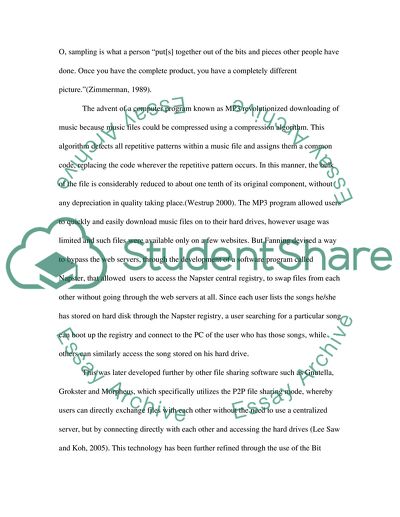Cite this document
(“Napster; The P2p Model Essay Example | Topics and Well Written Essays - 3500 words”, n.d.)
Retrieved from https://studentshare.org/marketing/1540869-napster-the-p2p-model
Retrieved from https://studentshare.org/marketing/1540869-napster-the-p2p-model
(Napster; The P2p Model Essay Example | Topics and Well Written Essays - 3500 Words)
https://studentshare.org/marketing/1540869-napster-the-p2p-model.
https://studentshare.org/marketing/1540869-napster-the-p2p-model.
“Napster; The P2p Model Essay Example | Topics and Well Written Essays - 3500 Words”, n.d. https://studentshare.org/marketing/1540869-napster-the-p2p-model.


